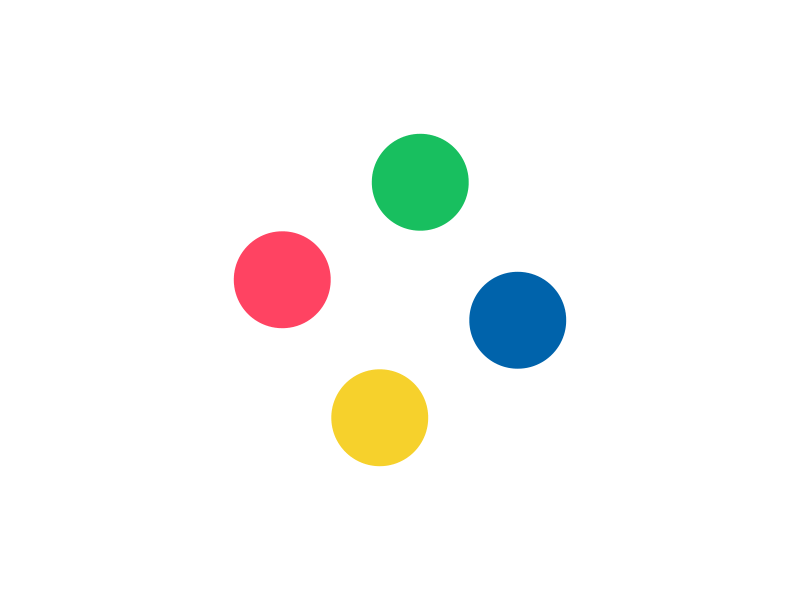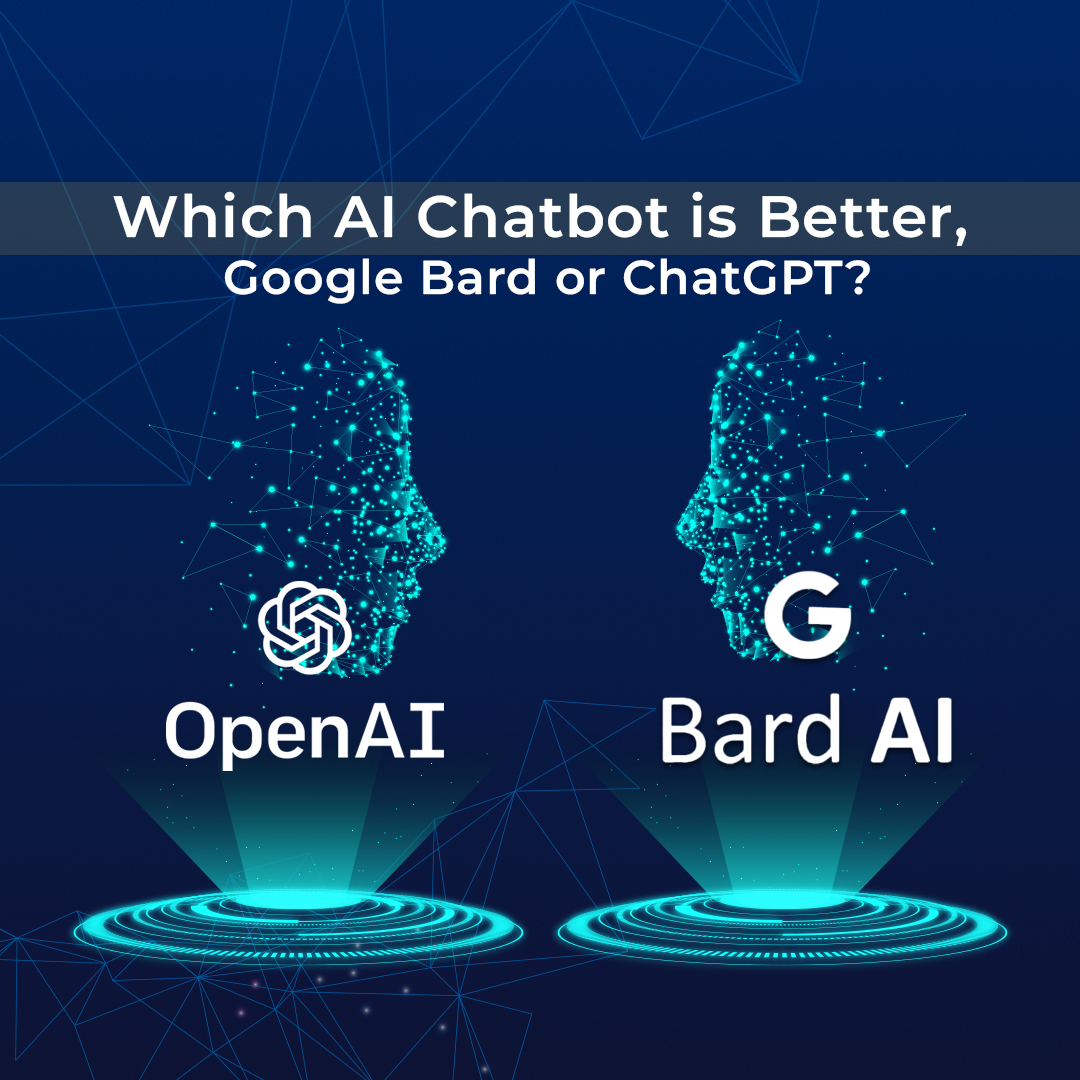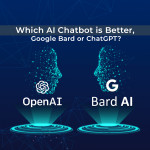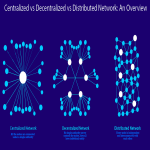In the world of artificial intelligence (AI), there is continuous emergence of new tools and techniques. Google’s Bard and OpenAI’s ChatGPT represent two important developments in interactive AI technology. You might be curious about What is the difference between Bard and ChatGPT? These are the generative AI technologies that aim to have conversations like humans.
Over the last several months, generative AI has advanced remarkably quickly. When ChatGPT was released in November 2022, it caused quite a buzz in the world of digital marketing. In March 2023, Google released Bard, their own AI chatbot. Since they are created using AI technologies, you must be wondering, are Bard and ChatGPT the same? Even if they are AI tools, they are driven by different technologies and different features, which makes them stand out from one another.
Bard and ChatGPT are AI chatbots that work differently. They use different language models and data sources to form their responses. As a result, they might approach questions in unique ways, making the Bard vs ChatGPT comparison more interesting. It can be challenging to stay current with new innovations. The following post helps you learn about the major differences between these AI-powered language models.
Want to develop the skill in ChatGPT to familiarize yourself with the AI language model? Enroll Now in ChatGPT Fundamentals Course!
What is ChatGPT, and what can you do with it?
Chat GPT, an AI-powered language model by OpenAI, debuted as a prototype in November 2022. It is based on the GPT-3.5 and GPT-4 Large Language Model (LLM) families. Chat GPT’s primary purpose is to mimic human conversation. As a result, it is able to carry out a variety of jobs. The main function of ChatGPT is to respond to all your queries. You can generate emails and letters, produce essays, poems, and music lyrics, analyze programs, summarize content, and many more.
Before moving on to the difference between Bard and ChatGPT, you should know the applications of ChatGPT to better distinguish. Chat GPT has the capacity to recall past user comments. Additionally, ChatGPT is extensively utilized in a variety of applications, such as building chatbots and creating insightful advertising and sales messages. It also helps in enhancing language processing abilities, generating outstanding research articles, automating data analysis, and so on.
Find the best introduction to ChatGPT with ChatGPT Flashcards
What is Google BARD, and what can you do with it?
BARD, also known as Google Bard AI, is an AI-powered language model developed by Google and launched on March 21st, 2023. It is built using Google’s LaMDA technology, focusing on simulating human-like conversations through machine learning and natural language processing. Google Bard responds conversationally to various queries and generates high-quality responses by leveraging online information. The AI model collects data from the web and user feedback to improve its performance continuously.
You can use Google Bard for a wide range of tasks, such as upon asking a question, you can get information or an answer. Further, you can use Bard as your personal AI assistant for time management and scheduling. Like virtual assistants such as Siri and Alexa, Bard’s primary objective is to obtain information in a straightforward response rather than a search engine results page, but with links for consumers to find out more. But when it comes to ChatGPT vs Bard, ChatGPT is only a language model. However, after this individual overview of both AI language models, let’s see their major differences.
ChatGPT vs Google Bard: What are the major differences?
Bard vs ChatGPT
You can consider Bard as a combination of a search engine and a personal assistant, whereas ChatGPT is more focused on performance. If you are looking for a precise answer to Is Bard better than ChatGPT? You need to look for the differences between them. Even if they both have the capacity to respond to answers to all queries, they still differ. In simple terms, both chatbots work with natural language recognition. This allows users to ask a question or make a request and get a response that sounds realistic. However, the most significant differentiation lives in the data sources and algorithms that they are trained on.





